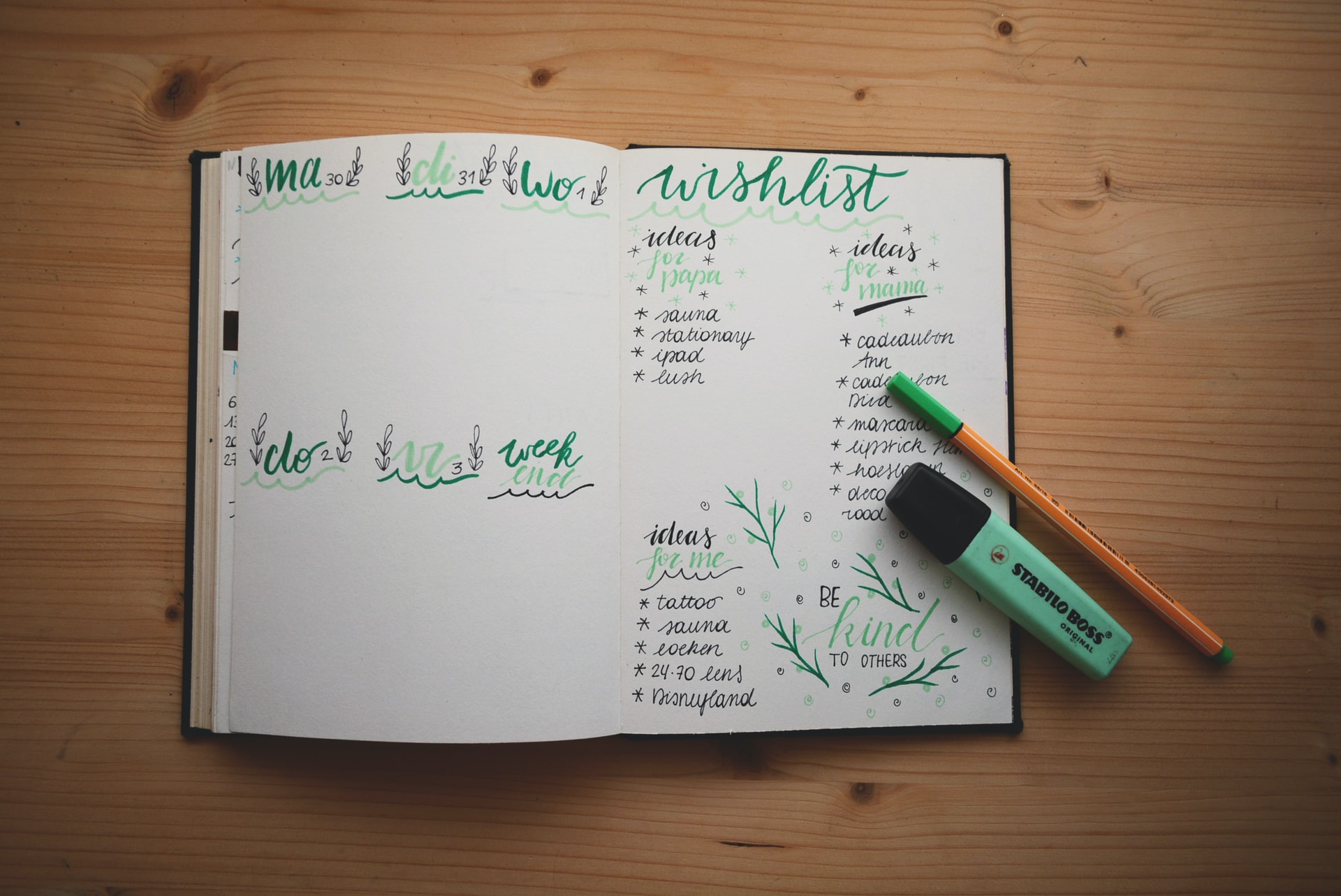Specificity is crucial as it relates to mapping out the goals you set for yourself. Overly generalized goals will produce a lack of direction and ability to focus on what’s important.
Goals that are too vague will end up setting you up for failure. For example, let’s say you want to drink more water per day. “I will drink more water every day,” is far too general. Lack of specificity will enable you to make excuses. The wording doesn’t hold you accountable; it is not enough of a detailed plan to follow through with. Instead, clarify the specifics. Answering some questions about your goal will pinpoint your intention and narrow down the specifics. You must answer what’s known as the “5 W’s” of basic information gathering; Who? What? When? Where? Why? Answering these five questions will help you develop specific clarity and motivation towards your goal. Answer these five questions to draft your goal:
- Who will this goal involve?
- What exactly do I want to accomplish?
- When do I want to accomplish this goal?
- Where will you achieve this goal?
- Why is this goal important to me?
After filling in the blanks to the five information gathering questions, your goal will look something like this: “I will drink 8 glasses of water every day – 2 glasses of water in the morning before breakfast, two glasses with lunch, two glasses after the gym and two glasses before bed to become healthier. This goal is specific and direct. It explicitly states what your expectations are for yourself and enables accountability.
Another example of a goal without detail and focus is “I will exercise more.” This goal is positive and relevant, however, it lacks specificity, and therefore it becomes a setup for failure. Answering the 5 w’s will provide the specifics you need to set meaningful, constructive goals that will give a higher rate of success in achievement. After answering these questions, you will end up drafting a goal that sounds more like this, “I will exercise at the gym for 45 minutes, every weekday morning, before I go to work.” This statement is a detailed plan for what, where, how and when you intend to follow through with your plan. Its details will ensure a higher goal success rate than that of the first, vaguer statement.
S stands for specific, in the acronym, SMART goals. Drafting specific goals is the first step in coming up with goals that stick and are successful.




